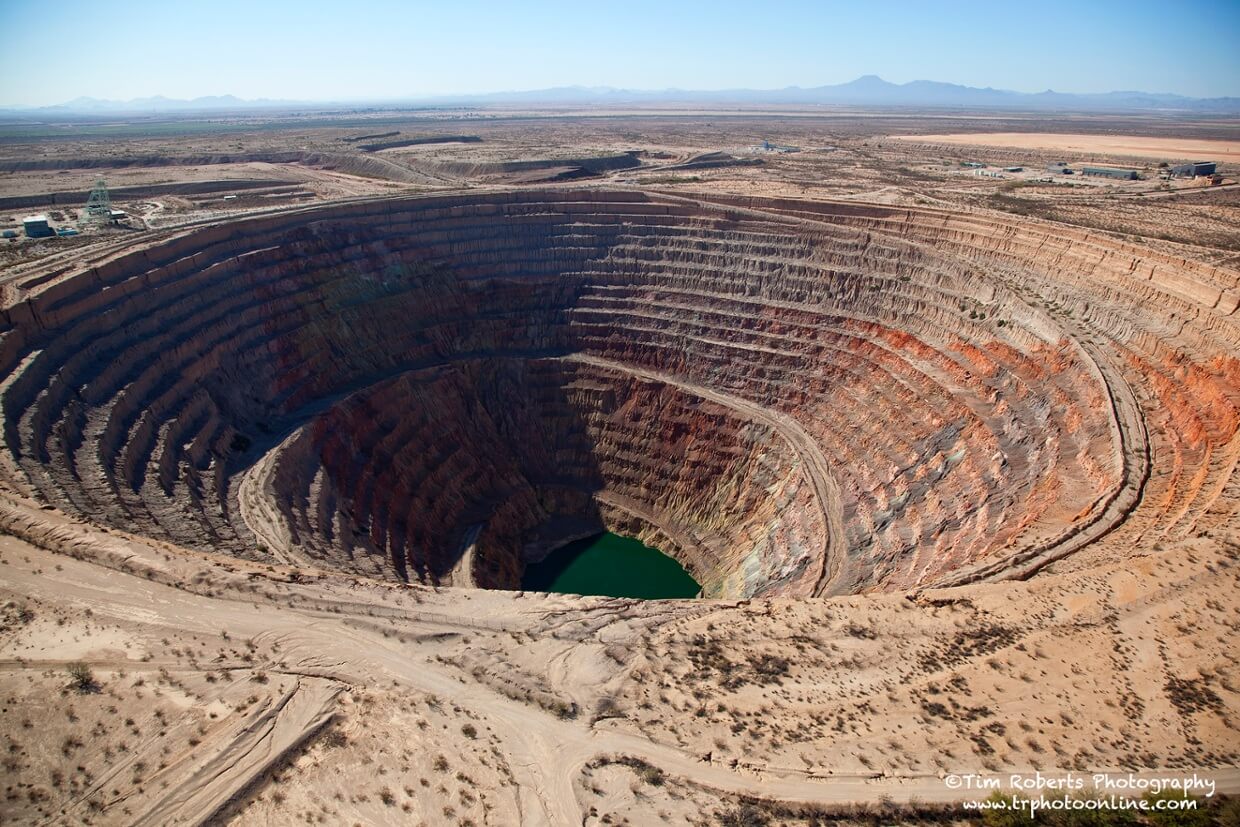In the previous topic, we saw which are some of the advantages that can make the surface open pit mining methods superior method compared to the underground mining. However, underground mining has its own advantages. And finally, the ultimate decision to mine from the surface or from underground comes down to the specific characteristics of the deposit. In particular, mineral deposits can occur in very different forms and they may contain a very wide variety of minerals.

In this topic, we will try to see which are and which are the characteristics of the deposits that are most suited for surface mining. Generally, it’s easy to think that mineral deposits that are already outcropping to the surface or lying at very shallow depths from the surface are easily extracted using a surface mining method. From the geological point of view, we have several mineral deposits that are in these conditions and that can be extracted completely from the surface, and that we can find also some deposits for civil constructions.
For civil construction, we can consider the deposits of sand, clays, gravel, rocks, and all of the stones that are usually used for making cement. Then we have placer deposits where mineral grains are deposited from water in rivers and beaches, such as gold, tin, rutile, zircon, sapphire, and diamond. Then we have residual deposits where valuable minerals have Being concentrated through the leaching away of gangue minerals under tropical climatic conditions so as to form iron, and manganese oxides, and nickel silicates, and aluminum oxides.
Phosphate deposits such as from bones or bird feces. Sedimentary iron and manganese deposits, from times in the distant geological past when oxides of iron and manganese crystallize from seawater and were preserved as geological layers.
Finally, we have deposits of coal when they occur near the surface. All of these deposits are generally mined at the surface. The total recovery of the mineral deposit, the great control on the deposit, and the economy of sale are very significant in the choice of the mining method. This choice becomes even more important when the mineral deposit includes the extraction of lower grade minerals. For example, this is the case of extensive disseminated ore deposits of consistently lower grade, where the viability comes from exploiting the entire deposit using a larger scale operation, which, once established, can mine efficiently for many years, processing vast tonnage to get sustainable yields. Another example is given by ore deposits of inconsistent grade where the rich veins or the minable bodies are too difficult to map to be accurately targeted by underground operations. And it’s here that surface mining affords the selectivity of what is processed and what is the waste at the time of the mining. Examples of disseminated ore deposits are porphyry copper deposits, formed by circulating metal rich fluids in fractured igneous rocks, often resulting in a stock work vein arrangement. These may be tens of millions or billions of tonnes in size, and contain from 0.5% to 1% copper and possibly gold at a few parts per million. Examples of deposits of inconsistent grade include skarns, commonly formed when hot granites contact carbonate rocks driving fluid flow and mineral alteration leading to deposits of tungsten molybdenum or copper. Or epithermal gold deposits, where gold-rich hydrothermal fluids permeate and adjacent rock mass producing localized mineralization in veins and fracture zones. For very deep deposits, much over one kilometer, the advantages of surface mining techniques are seldom greet enough to make it a superior method in respect to underground mining methods. And we will see that in more detail in module 4.
https://youtu.be/H2BRoe2qcn4
In the next topic, we will see which are the main morphological characteristics for the deposits that can entirely be extracted using a surface mining method.
